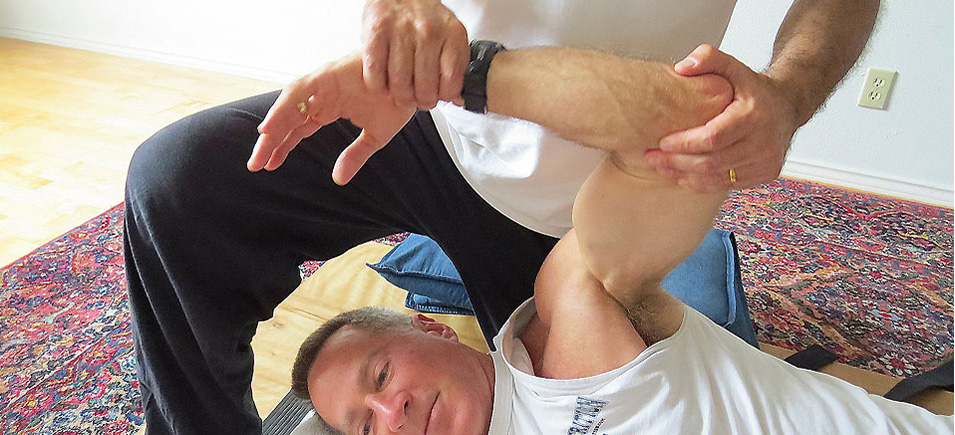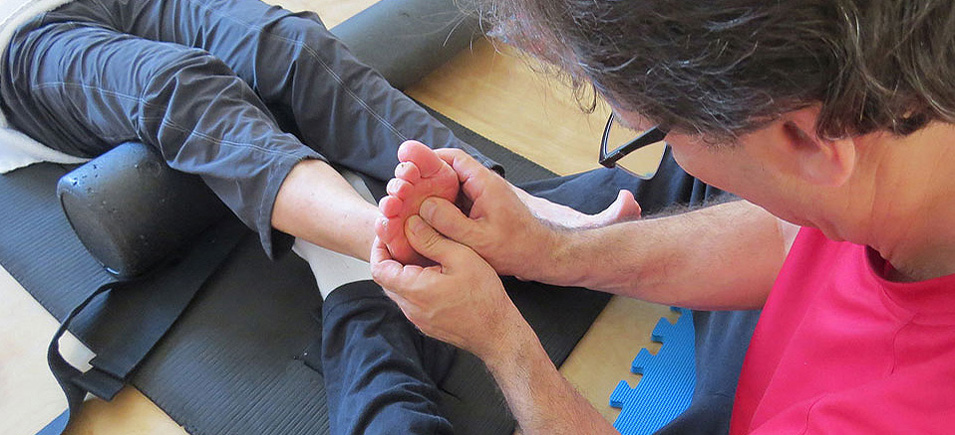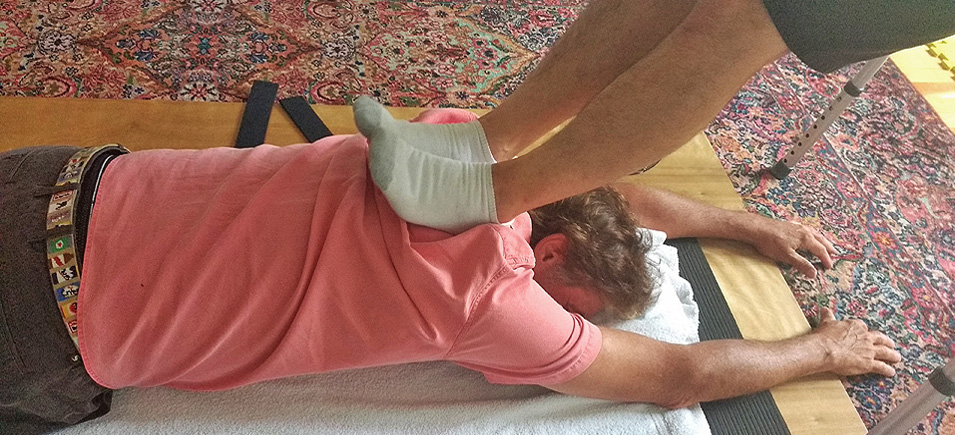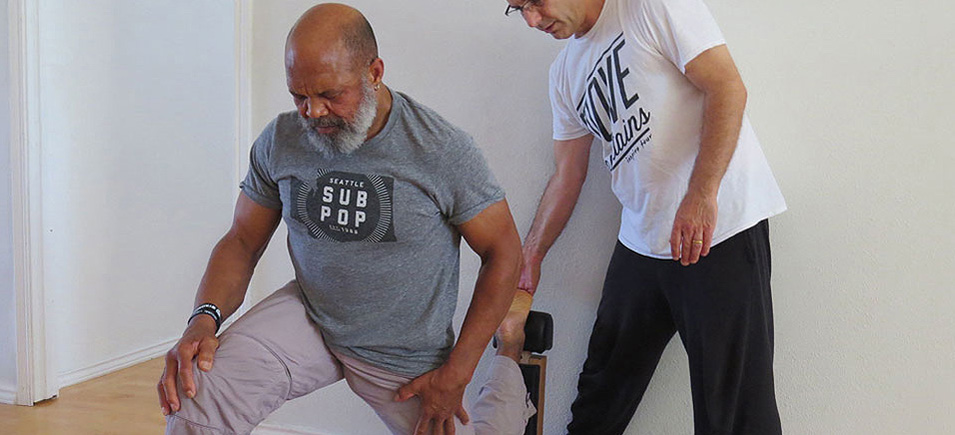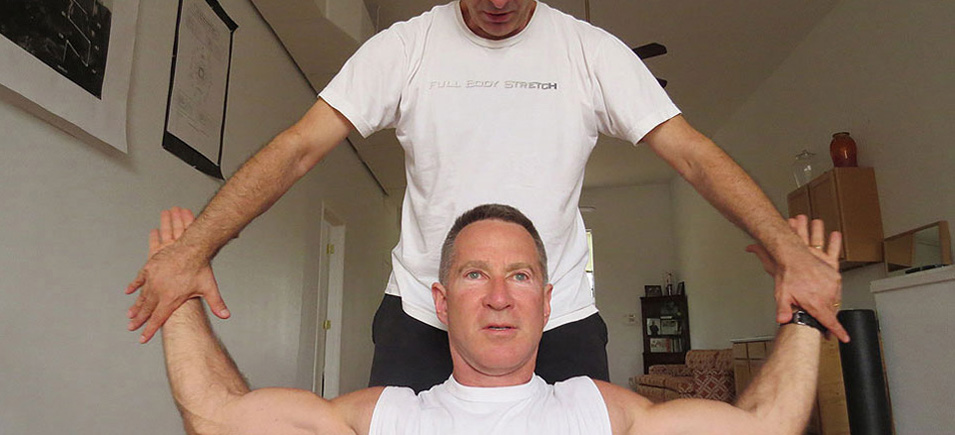About
What is Fascia and Why is it so Important?
Fascia is a system of connective tissue fibers that sit just under the surface of our skin. It is a densely woven mesh and its function is to stabilize, enclose, attach, and separate muscles and internal organs.
There are 3 main types of fascia.
1. SUPERFICIAL fascia, which is primarily associated with the skin.
2. DEEP fascia, surrounds the muscles, bones, nerves and blood vessels.
3. VISCERAL fascia, links to the internal organs.
Healthy fascia is relaxed and undulating in structure with the ability to stretch and move freely. Physical trauma such as a car or motorcycle accident, a fall, bad posture, and repetitive sports injuries have cumulative effects on fascia which then loses its pliability leading to symptoms such as pain, headaches, and limited range of motion in our torso, neck, and limbs. Fascial restrictions affect our stability, flexibility, and a factor which compromises our ability to withstand stress and perform daily activities. A large percentage of people suffering pain and stiffness are due to fascial problems particularly the deep fascia surrounding our muscles. All 3 types of fascia serve an important role in our overall wellness.
How Does Fascia Affect your Overall Well-Being?
All movement affects the entire body because of its connection to the body-wide fascial network. Working at your desk with hands pulled forward on the keyboard pulls the fascia in the lower back and hips. Crossing your legs affect your knees and bladder. Muscle potential is limited by the quality of the fascia that surrounds it. Movement should be absorbed by fascia, not muscle. Our body mechanics are designed to be spring loaded for joints of the spine, hips, knees, ankles and ribs so they can absorb impact and distribute the strain throughout the body. Proper exercise should follow the lines of fascial pull in order to distribute the impact. When you are tight and restricted the fascia is stuck and does not glide smoothly over the muscles and bones. Fitness depends on joint and organ health, fluid movement, and all are dependent on a healthy integrated fascial system. Therefore we must care for every part of our body without neglecting other parts.
Resistance Flexibility & Strength Training for Pain
Chronic pain most often results from an accumulation of excessive dense fascia and scar tissue. Removing this fascia build up will reshape posture, cause immediate performance upgrades freeing muscles to develop. Therefore increasing bio-mechanical efficiency and significant improvements in physiological health.
Most people when taught to stretch only lengthen the muscle. Resistance stretching requires lengthening AND contracting the muscle simultaneously. Cats do it instinctively by pressing their fore legs to the ground in front and pushing their behinds up. This is forcefully resisting the stretch and is the method by which we should be stretching which results in rapid gains in strength, function, and flexibility.
All Rights Reserved April 2024


